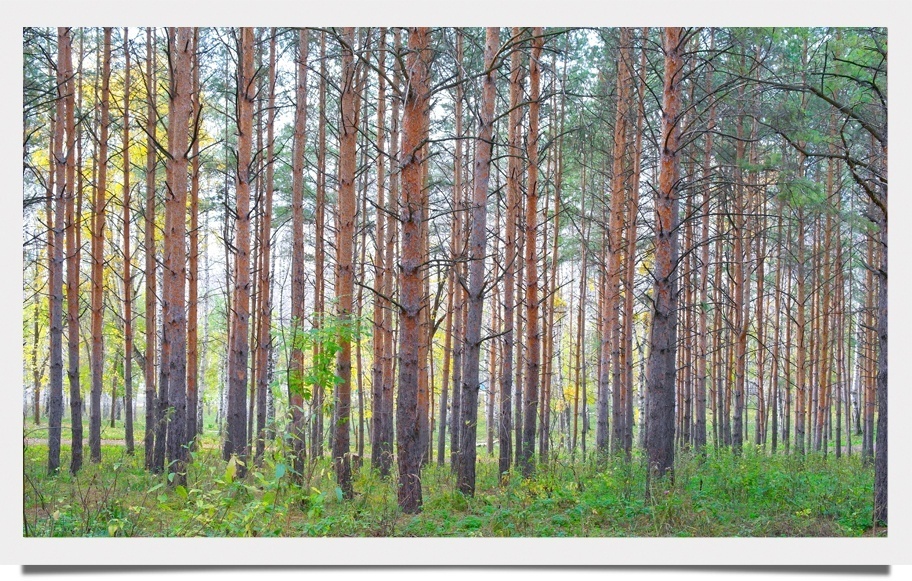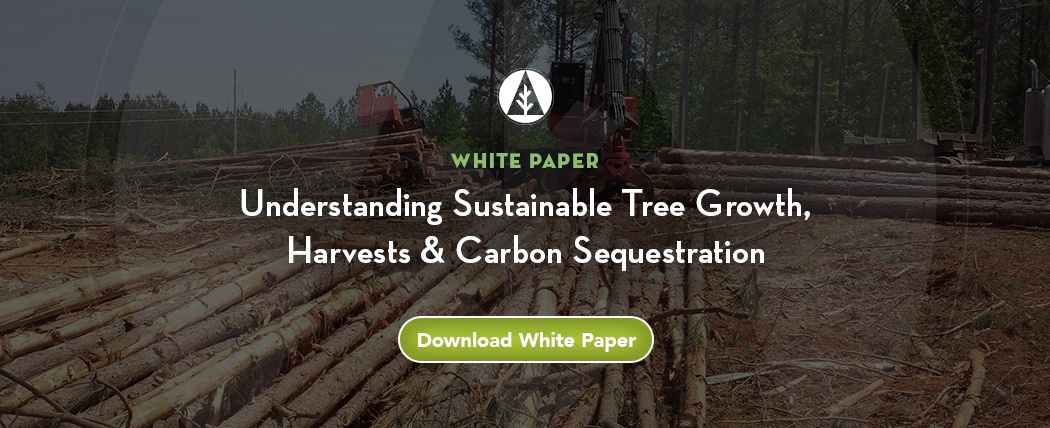2 min read
Forest Management in the US South is Model for Wildfire Risk Reduction
John Greene
:
September 14, 2021

Large-scale, catastrophic wildfire has sadly, and needlessly, become the norm in western states. Rationally and fairly solving this issue (and participating in related good faith discussions) is something those of us close to the forest supply chain have advocated for decades, though the response has largely been “crickets.” The western US continues to grapple with problems associated with overstocked forests containing millions of acres of dead, dying and diseased timber, and the situation is now getting a second look from an unlikely source: the mainstream press.
NPR recently published a piece titled, “Why The South Is Decades Ahead Of The West In Wildfire Prevention,” which takes an honest look at the forest management techniques in the South that have been successful not only for maximizing timber growth and sustaining the region’s forest resources, but also for preventing the kind of megafires that now impact the western US on an annual basis. It’s an excellent article we recommend reading, or you can listen below.
Here's a short excerpt that cuts to the gist of the piece:
“While a continent apart, both regions have a similar need for fire. For thousands of years, forests and woodlands experienced regular burning, both sparked by lightning and used by Native American tribes, which prevented the buildup of flammable growth. Without fire, the landscape is prone to intense, potentially devastating wildfires.
“Now, several Western states are moving to adopt the fire policies pioneered by Florida and other Southern states as a hedge against the future. They include training problems for burn leaders and providing liability protection for them. The bigger challenge is changing the culture around fire, so that residents know that tolerating a little smoke from good fires can help stop the destructive blazes that cloud the air for weeks.”
(More data & information about prescribed fire and wildfire risk reduction from the Southern Fire Exchange is available here.)
As Nick Smith wrote last month, wildfires burning across the Western US in July alone emitted enough carbon dioxide to wipe out more than half of the region’s pandemic-driven emissions reductions in 2020. California, Idaho, Oregon, and Washington saw fossil-fuel emissions decline by around 69 million tons of carbon dioxide last year. But from July 1 to July 25, fires in these states produced about 41 million tons of carbon dioxide, based on data provided to MIT Technology Review from the European Commission’s Copernicus Atmosphere Monitoring Service.
These fires are so large that they now have significant impacts on forest resources, families and communities (health, homes and businesses), wildlife, and the climate. Moving forward, education will be key.
When it comes to the issue of managing America’s forests, environmental and economic concerns can often seem incompatible. Those unfamiliar with forestry and silviculture practices oftentimes approach this subject believing there is either one advantage or the other, but not both. While this simply isn’t true, it is up to us to educate the public in good faith.
For further reading on this topic from Forest2Market:
- New Markets for Wood Products Help Preserve Forests for Future Generations
- Forest Utilization Drives Both Economic & Environmental Returns
- Want to Maximize CO2 Sequestration in the Forest? Cut a Tree
- The Economics of Pulpwood Supply: New Markets are Essential
- Six Reasons Thinning Trees is Good for the Forest
Kudos to NPR for airing an honest and fair assessment about the real-world challenges facing western forests and communities, and the role that active forest management can play in helping to mitigate future risks.





